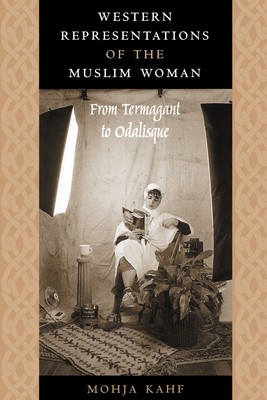
- We will send in 10–14 business days.
- Author: Mohja Kahf
- Publisher: University of Texas Press
- ISBN-10: 0292743378
- ISBN-13: 9780292743373
- Format: 15.2 x 22.7 x 1.2 cm, minkšti viršeliai
- Language: English
- SAVE -10% with code: EXTRA
Reviews
Description
Veiled, secluded, submissive, oppressed--the "odalisque" image has held sway over Western representations of Muslim women since the Enlightenment of the eighteenth century. Yet during medieval and Renaissance times, European writers portrayed Muslim women in exactly the opposite way, as forceful queens of wanton and intimidating sexuality.
In this illuminating study, Mohja Kahf traces the process through which the "termagant" became an "odalisque" in Western representations of Muslim women. Drawing examples from medieval chanson de geste and romance, Renaissance drama, Enlightenment prose, and Romantic poetry, she links the changing images of Muslim women to changes in European relations with the Islamic world, as well as to changing gender dynamics within Western societies.
EXTRA 10 % discount with code: EXTRA
The promotion ends in 21d.10:06:52
The discount code is valid when purchasing from 10 €. Discounts do not stack.
- Author: Mohja Kahf
- Publisher: University of Texas Press
- ISBN-10: 0292743378
- ISBN-13: 9780292743373
- Format: 15.2 x 22.7 x 1.2 cm, minkšti viršeliai
- Language: English English
Veiled, secluded, submissive, oppressed--the "odalisque" image has held sway over Western representations of Muslim women since the Enlightenment of the eighteenth century. Yet during medieval and Renaissance times, European writers portrayed Muslim women in exactly the opposite way, as forceful queens of wanton and intimidating sexuality.
In this illuminating study, Mohja Kahf traces the process through which the "termagant" became an "odalisque" in Western representations of Muslim women. Drawing examples from medieval chanson de geste and romance, Renaissance drama, Enlightenment prose, and Romantic poetry, she links the changing images of Muslim women to changes in European relations with the Islamic world, as well as to changing gender dynamics within Western societies.


Reviews